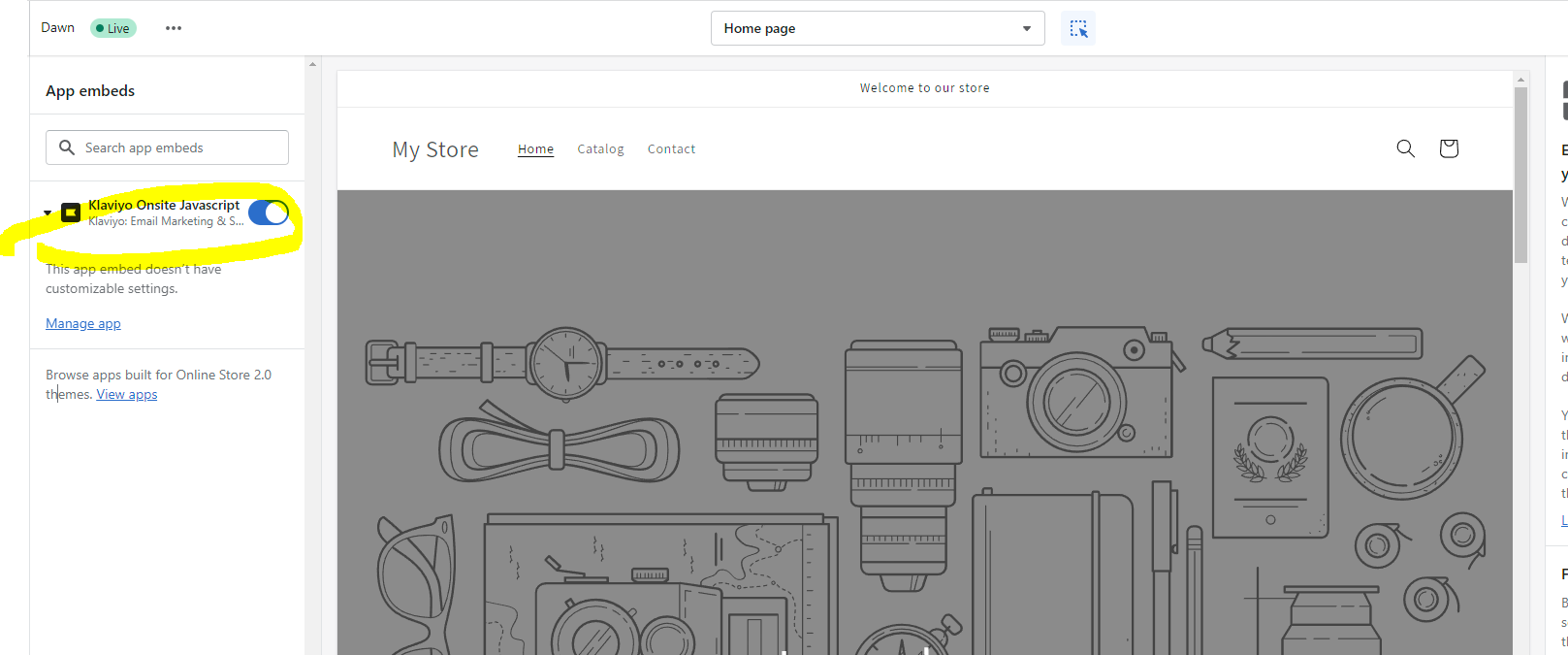Hi,
the Shopify Klaviyo integration is causing a privacy issue:
Shopify Apps are supposed to integrate with the Shopify Customer Privacy API. This API allows Cookie banners to change the consent/privacy state of a given user.
Source:
https://shopify.dev/api/consent-tracking?shpxid=1bb96289-AA05-4C06-5918-3BEFBDF10957
The Shopify Klaviyo App sets the __kla_id cookie before a user gives consent. If a user denies cookies and the Customer Privacy API is triggered to update the user’s consent state, the Klaviyo App ignores the user’s preference.
Do you have a solution for this or are you waiting for a wave of legal actions that hits your clients?
Solved
Privacy issue in Shopify Klaviyo Integration
 +3
+3Best answer by David To
Hey
In case you may have missed our recent announcement on this topic, I’ve shared it below:
To put it simply, Klaviyo will adhere to the Customer Privacy settings you’ve enabled per the Shopify’s Customer Privacy API.
David
Reply
Enter your E-mail address. We'll send you an e-mail with instructions to reset your password.






![[Academy] SMS Strategy Certificate Forum|alt.badge.img](https://uploads-us-west-2.insided.com/klaviyo-en/attachment/2f867798-26d9-45fd-ada7-3e4271dcb460_thumb.png)

![[Academy] Deliverability Certificate Forum|alt.badge.img](https://uploads-us-west-2.insided.com/klaviyo-en/attachment/505f2253-cde5-4365-98fd-9d894328b3e0_thumb.png)